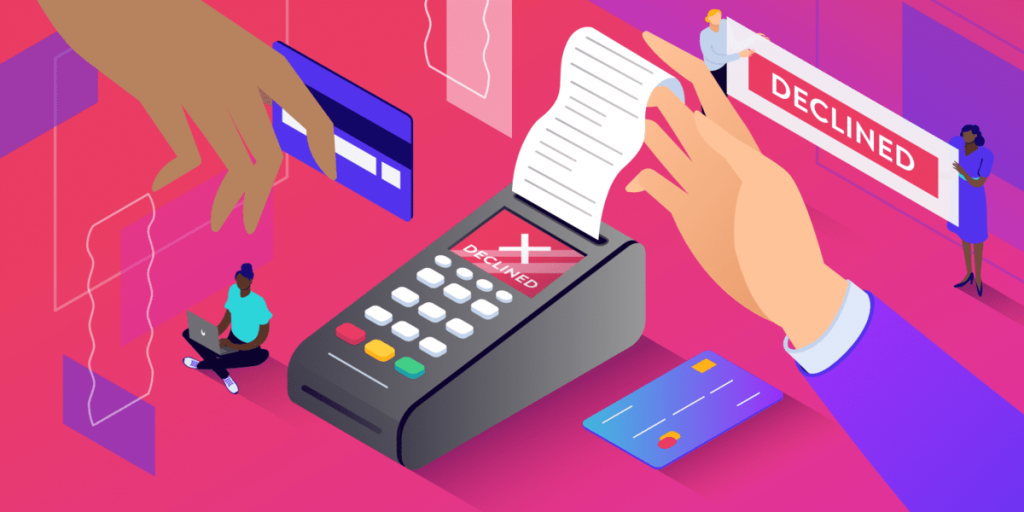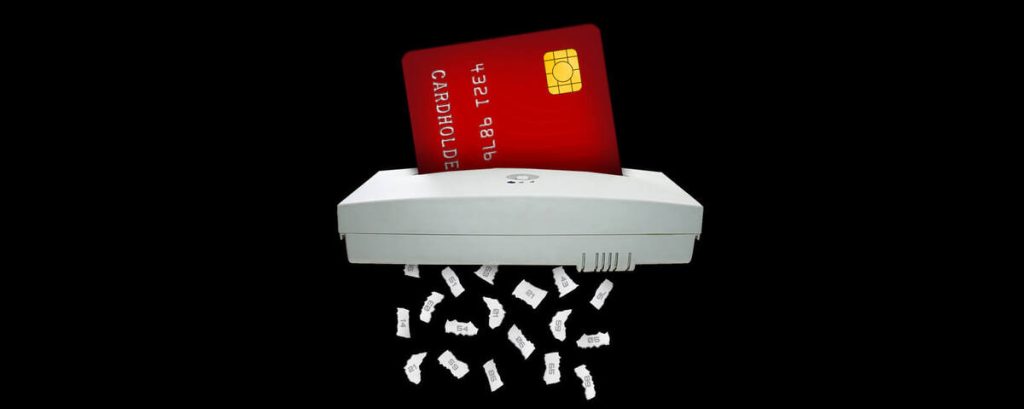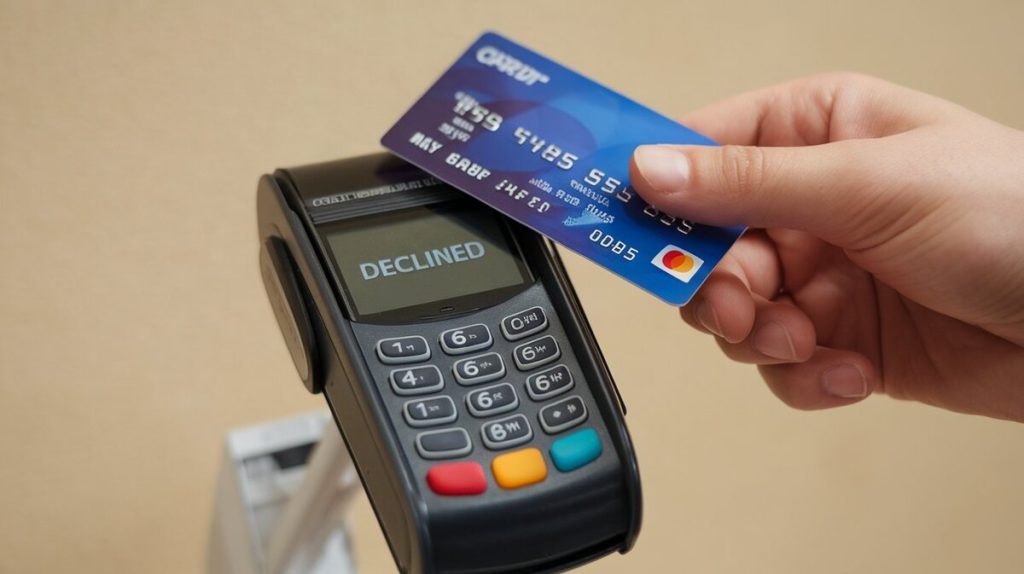1. Introduction to Credit Card Decline Codes
Credit card decline codes are responses from card issuers when a transaction cannot be processed. These codes explain why a payment was refused. One common issue both merchants and cardholders encounter is the “Exceeds withdrawal amount limit” error. This decline code appears when a transaction exceeds the withdrawal limits set by the bank or credit card issuer.
Mastercard and VISA impose such limits for security reasons and to protect consumers from fraud or overspending. Understanding these limits is crucial for both merchants and cardholders to avoid transaction failures and financial disruptions.
2. What Does “Exceeds Withdrawal Amount Limit” Mean?
The “Exceeds withdrawal amount limit” decline code means the transaction amount exceeds the daily, weekly, or monthly withdrawal limit set by the cardholder’s financial institution. These limits vary based on the bank and card type.
For example:
- Daily limits typically range from $500 to $10,000, depending on the card issuer.
- Monthly limits may be higher, but exceeding them results in the same transaction failure.
Table 1: Examples of Withdrawal Limits by Bank
| Bank Name | Daily Limit | Monthly Limit | Region |
|---|---|---|---|
| Chase Bank | $3,000 | $25,000 | USA |
| HSBC | £2,500 | £20,000 | UK |
| Deutsche Bank | €2,000 | €15,000 | Germany |
| Commonwealth Bank | AUD 4,000 | AUD 30,000 | Australia |
This code is listed as code 61 (Exceeds withdrawal limit) in VISA and Mastercard documentation. It’s a safety measure to prevent unauthorized spending or excessive use of funds.
3. Common Scenarios Leading to “Exceeds Withdrawal Amount Limit”
This decline code can occur in several situations:
- High-Value Purchases: Large purchases often exceed daily withdrawal limits.
- Multiple Transactions in a Day: A series of small transactions combined with one large transaction can breach daily limits.
- International Transactions: Banks sometimes apply stricter limits on international transactions for security reasons.

4. How to Resolve the “Exceeds Withdrawal Amount Limit” Decline Code
There are several ways to resolve this issue:
- Contact the Bank: The cardholder can ask their bank to temporarily increase their withdrawal limit.
- Split the Purchase: The cardholder can split the transaction into smaller payments.
- Use Another Card: Switching to a different card with a higher limit may solve the problem.
Merchants can take steps to avoid these issues by integrating systems that notify customers when they approach their transaction limits. Payment gateways like Stripe and Braintree can help prevent failed transactions by alerting customers.
Merchanto.org, a partner of VISA and Mastercard in chargeback prevention, offers solutions that can help businesses handle these errors effectively. Their services are available here.
5. Impact on Merchants and Consumers
Decline codes like “Exceeds withdrawal amount limit” have direct consequences for both merchants and consumers.
- For Merchants:
- Revenue Loss: Failed transactions often lead to abandoned carts, reducing sales.
- Operational Costs: Handling failed transactions and customer inquiries adds costs. According to Checkout.com, businesses can lose up to 4% in sales annually from transaction failures.
- For Consumers:
- Inconvenience: Consumers face delays or the inability to complete purchases.
- Account Freezes: Repeatedly exceeding withdrawal limits may result in the bank freezing the account for security reasons.
Table 2: Financial Implications of Decline Codes for Merchants
| Issue | Cost to Business | Percentage of Lost Revenue |
|---|---|---|
| Abandoned carts | $260 billion/year | 4-6% |
| Customer service costs | $50/hour | 2% |
| Operational overhead | Variable | 1-2% |
6. Proactive Steps for Merchants to Prevent Decline Codes
Merchants can take several steps to minimize transaction errors and prevent revenue loss:
- Monitor High-Value Transactions: Payment gateways like Stripe or Braintree allow businesses to monitor transactions and identify purchases that could trigger withdrawal limits.
- Notify Customers in Real-Time: Sending alerts when customers approach their transaction limits can help prevent failures.
- Offer Multiple Payment Options: Encourage customers to use different payment methods if a transaction fails due to limits.
- Work with Chargeback Prevention Services: Businesses can collaborate with experts to prevent chargebacks and resolve transaction issues.
7. Frequently Used Decline Codes and Their Solutions
In addition to “Exceeds withdrawal amount limit,” there are other common decline codes that merchants and consumers encounter. Here’s a look at some of the most frequent ones and how to resolve them.
Table 3: Common Decline Codes and Their Solutions
| Decline Code Description | Decline Code | Solution |
|---|---|---|
| Insufficient Funds | 51 | Request a different card from the customer. |
| Exceeds Withdrawal Limit | 61 | Contact the bank or split the transaction. |
| Invalid Card Number | 14 | Verify card details and try again. |
| Transaction Not Permitted to Cardholder | 57 | Customer should contact their bank. |
| Suspected Fraud | 59 | Verify the customer’s identity or card. |
These decline codes are part of the payment security framework set by Mastercard and VISA to ensure that transactions are processed securely and accurately.

8. Why Banks Enforce Transaction Limits
Banks set transaction limits as part of their risk management. These limits protect against fraud and ensure financial stability. Here are a few reasons why banks enforce these limits:
- Fraud Prevention: The Federal Trade Commission reports that U.S. consumers lost over $3.3 billion to fraud in 2020. Transaction limits reduce the chances of large-scale fraud.
- Customer Financial Management: Many banks offer customers the ability to set their own spending limits, helping them manage their finances better.
- Operational Efficiency: Payment processors such as Mastercard and VISA use these limits to ensure that transaction volumes remain manageable and to maintain system stability.
Transaction limits aren’t just about preventing fraud—they help banks and payment networks manage the sheer volume of daily transactions. These limits help banks allocate resources more efficiently while protecting cardholders.
9. Conclusion: Minimizing Declines and Ensuring Smooth Transactions
Understanding and addressing the “Exceeds withdrawal amount limit” error is crucial for both merchants and cardholders. By identifying common triggers and applying the right solutions, businesses can prevent revenue loss, while consumers can avoid transaction delays.
Keeping track of spending limits, leveraging trusted payment gateways such as Checkout.com, and staying informed of issuer policies from Mastercard and VISA can significantly reduce the frequency of failed transactions.



